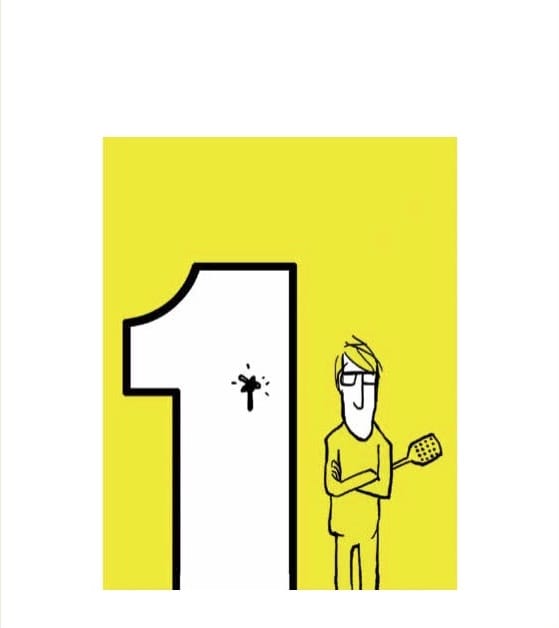This text, the Half-Moon Ceremony, or Ryaku Demi-Fusatsu is inspired by the Full Moon Ceremony, or Ryaku Fusatsu, a monthy renewal of the bodhisattva precepts. On the evening or morning of the full moon, the assembly gathers to give voice to their intentions and to invoke the energies of the ancestral bodhisattvas alive within themselves.
The Village Zendo in NYC describes the ceremony as “an ancient Buddhist chanting and bowing ceremony of atonement and purification that provides us with the opportunity to acknowledge our deep karmic entanglements.” Chanting the Gatha of Atonement is not about self-recrimination, but rather it’s a chance to accommodate one’s fallibility and give stuckness some room to find mobility. The word Fusatsu means, “to continue good practice,” or, “to stop unwholesome action (karma).”
In my own relationship with the sixteen bodhisattva precepts, I have found this ceremony very helpful and anchoring; voicing something so clearly as “I vow not to harbor ill will” is very useful in routing out where some residue of offense might be lingering, and in that room with others, it becomes possible to experiment with releasing into that vow. My own relationship to the moon has long been one in which I’ve felt very attuned to its cycles, with my own patterns of accumulation and release paralleling lunar cycles. So of the many ceremonies that happen at SFZC where I live, I’ve felt particularly close to the Full Moon Ceremony.
One night, as I looked at a perfect half-moon above San Francisco, I imagined what a half-moon ceremony might entail, that such a ceremony, might explore the grayer areas of one’s relationship with the precepts, and play with the form of the chants themselves which are generally concise and just a few lines long, and become more conversational. I amused myself with the idea of a speaker getting carried away in working out loopholes and workarounds. It’s inspired by observing in myself and others the way that, as Blake suggests, to know what is enough you have to know what is too much, in other words, one way to be intimate with a precept is lean into it, to break it, or at least stretch it.
I wrote this last fall, on the occasion of Skit Night at SFZC City Center. Abbot Ryushin Paul Haller gracefully consented to act as Doshi, or officiant. Paul Haller is possessed not only of deep reserves of austere reverence, but also impeccable comic timing. I have never been disappointed when I have cast him in a role—not this time, and not when he played the role Shen Hsiu, the passed-over senior student in “Your Box is Full,” another skit, based on the Platform Sutra. He always turns in a performance marked by fidelity and precision and a subtly playful and exquisite delivery.
In this case, what I had in mind when I wrote it was that he would read the vow and then the assembly would chant it back. About a half hour before the skit, Paul proposed the innovation that for the longer ones, someone could take over the floor and deliver it as a monologue. We quickly found three people who delivered Precepts 3, 5, and 7 with great aplomb.
So here is the Demi-Fusatsu, or the Half-Moon Ceremony: a half-a**ed, but still whole-hearted affirmation of the bodhisattva precepts.

